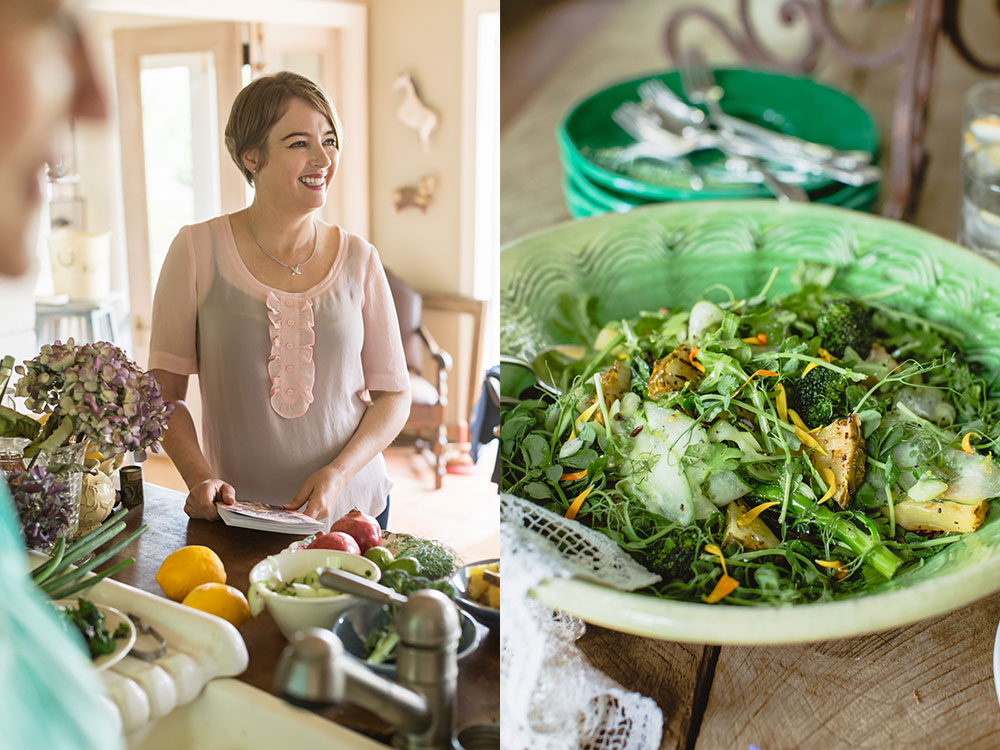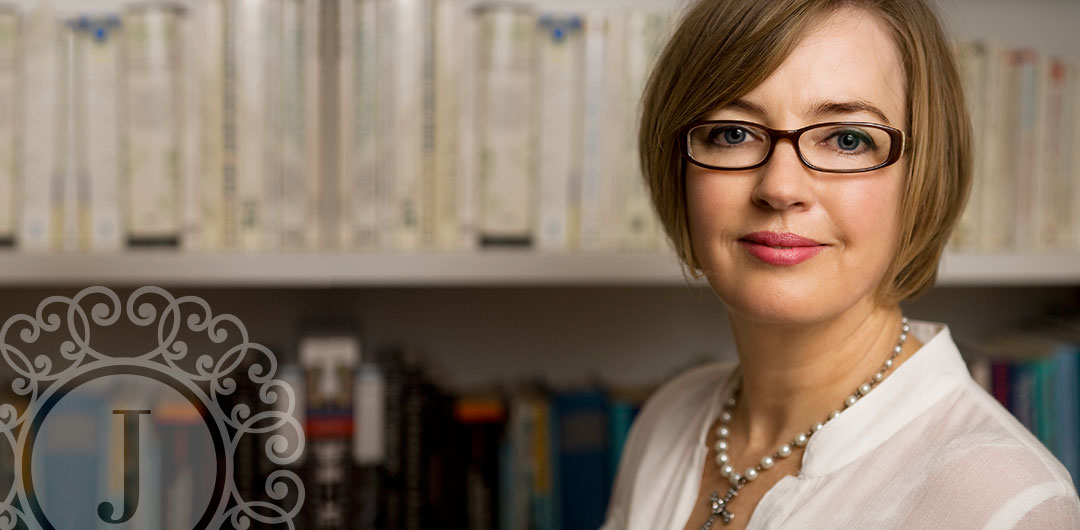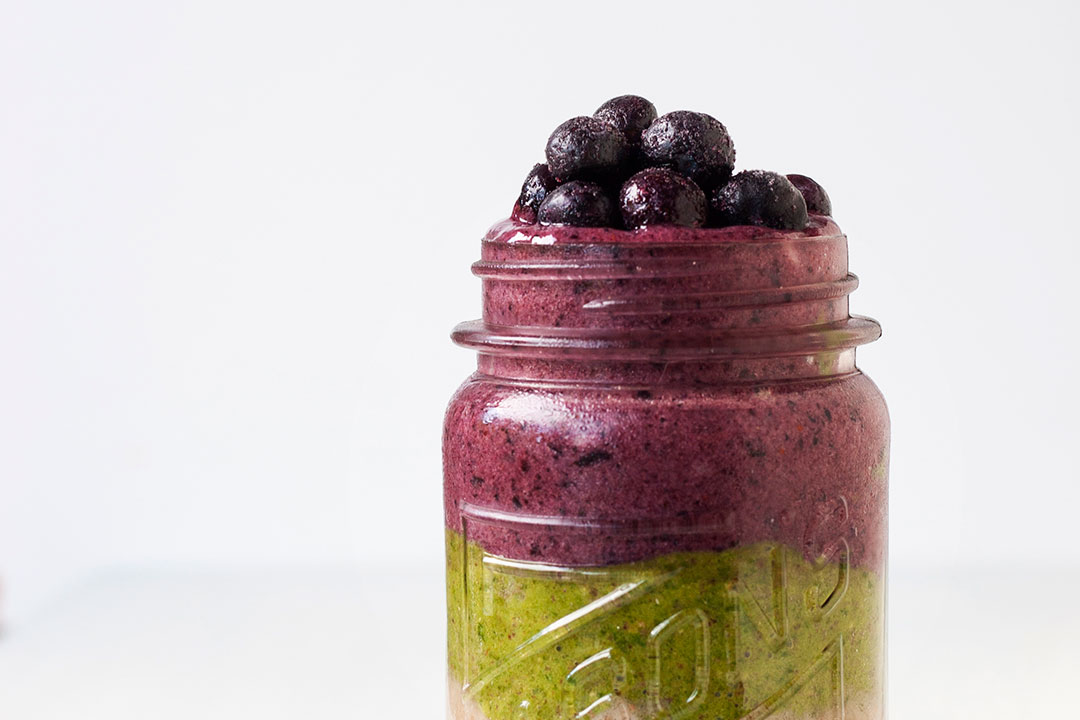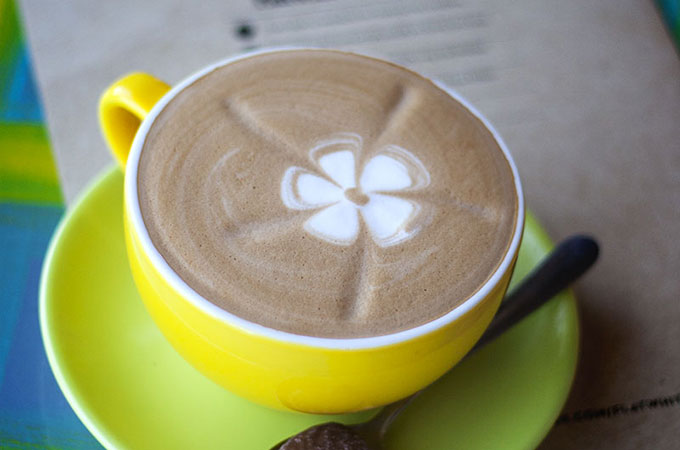Meet the Visionaries Who Are Changing the Beauty Industry From The Inside Out
Janine Tait has become one of the most influential voices in the New Zealand beauty industry today. She is a respected leader within the emerging Slow Beauty movement, which champions a holistic approach to skincare with a focus on dermo-nutrition, health and total wellbeing. In this five part series, Janine shares her own journey from professional disillusionment to hope and introduces us to the Slow Beauty movement and some of the influential women who are emerging within it.
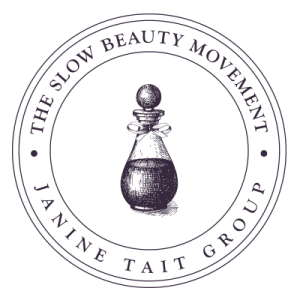 When I first entered the New Zealand beauty industry in the mid 1980’s beauty therapy was still very much influenced by European traditions. The long and beautiful shadow cast from early visionaries encouraged a holistic, ‘inside out’ approach to skincare, which focused on total body health and wellness. The industry I entered as a young graduate combined this traditional emphasis with a focus on topical hydration and the protection of the stratum corneum. This was a long-term, sustainable approach to beauty, which worked in partnership with the body’s natural resources and defences.
When I first entered the New Zealand beauty industry in the mid 1980’s beauty therapy was still very much influenced by European traditions. The long and beautiful shadow cast from early visionaries encouraged a holistic, ‘inside out’ approach to skincare, which focused on total body health and wellness. The industry I entered as a young graduate combined this traditional emphasis with a focus on topical hydration and the protection of the stratum corneum. This was a long-term, sustainable approach to beauty, which worked in partnership with the body’s natural resources and defences.
In the 1990’s, a new trend of fast-acting facial treatments appeared on the beauty scene, which all but buried this traditional wisdom and raised a generation of therapists to favour the quick fix over the tried and true.
Helena Rubinstein was one of the voices forgotten in the flurry of ‘progress’. The founder of the biggest skincare company in the world in the early 1900’s, Polish-born Helena was fascinated by the way food affected the skin. She developed and prescribed skincare products for her clients but believed that in order to achieve beautiful skin they also needed to exercise, practice proper breathing and eat a low-toxin diet of mostly fruits, vegetables and water.
She was not alone in this belief. Madame Micheline Arcier, a famous aromatherapist who became influential half a century later was quoted as saying, “Beauty of the face cannot be achieved without a feeling of well-being, a healthy body and inner harmony.”
Micheline would not have recognised the beauty therapy industry that emerged in the 1990’s. Glycolic acids entered the market promising a faster, easier way to get skincare results. As therapists collectively got caught up in the excitement of new trends the importance of preserving the lifetime integrity of the stratum corneum was forgotten. Thinking about the way food, water and exercise affect skin health suddenly seemed quaint and old-fashioned.
Both of these shifts proved to be damaging. Just as fast food is not good for us, fast beauty has its drawbacks too. The quick fix often treats skin symptoms rather than deep causes. Some treatments can even be quite aggressive to the skin, setting up chronic inflammation, which can be ageing in the long term. In addition, as an industry we collectively did our clients a serious disservice by neglecting to pay attention to the role that certain nutrients play in supporting skin health and repair.
I know I did. By the mid 1990’s, I was struggling to get good results for my clients and had become disillusioned with the beauty therapy industry as a whole. I would have given up at that point but for two things: firstly, having a tenacious personality, I was determined to figure out where I was going wrong and secondly, I was introduced to Janice Sarre Smith (ND) at just the right time.
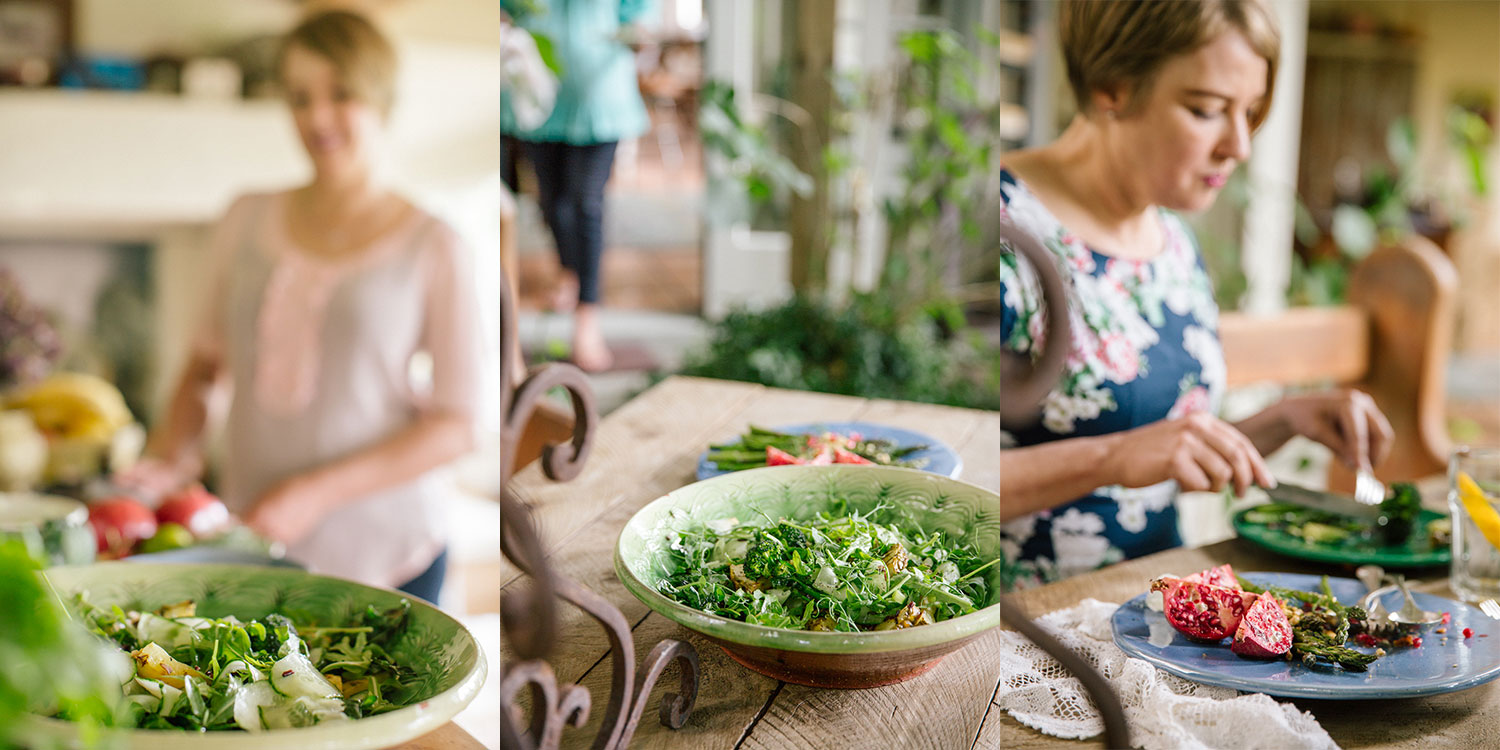
Janice is an Australian naturopath with a particular interest in treating skin disorders. She was a pioneering voice of the Slow Beauty movement when she first crossed my path. Janice was able to show me that it was the ‘internals’ that I had overlooked and this turned out to be the missing piece of the puzzle for my clients. I combined Jan’s holistic approach with her plant-based skincare range, Janesce, which proved to be incredibly healing and the perfect partner for my newfound knowledge.
As I put her programmes into practice, promoting wellness, clean eating and dermo-nutrition the results I got for my clients far exceeded my expectations. With renewed hope, I became convinced that this was the optimum way for therapists to treat skin. However, at the time, the industry as a whole was still pursuing the quick fix. Therapists interested in learning about dermo-nutrition had to be prepared to swim against the tide and often had a deep personal belief in the power of a holistic approach, which sustained them.
It has been my privilege and pleasure over the last decade to evolve as a skin health therapist for clients and skin health coach for therapists. As well as studying nutritional medicine I have developed the Bestow Beauty range, which provides dermo-nutrition products and recipes to empower therapists and clients alike to cultivate wellness from the inside out.
The tides of change are well underway and there is now a new generation of therapists leading the way in holistic, ‘slow’ beauty. It is exciting to see this movement growing and I predict that in the future the Slow Beauty approach will be in even greater demand from the public. The Slow Beauty movement is following a similar trajectory to the Slow Food movement and reflects a similar shift in values away from short-term convenience towards slower, deeper and truer ideals.
It is heartening to see other wellness professionals ushering in this holistic renaissance. Dr. Libby Weaver, Sarah Wilson and sisters Julia and Libby are just a few of the influential voices that our clients are listening to more and more. In fact, no health professional can afford to ignore this quiet revolution. From doctors to dermatologists, this movement is forcing us all to up our game and improve our knowledge of how diet and lifestyle impacts on our wellness and appearance.
We believe that nourishing your body with healthy food is important for so many aspects of your life. It supports your wellness, energy, happiness and appearance. But so often a healthy diet is perceived as deprivation, we focus on what we can’t have rather than what we can. We would like to introduce some beautiful rituals into your daily life that nurture and support you. So we have created a selection of delicious recipes that bestow health and radiance to your being and your skin. The Bestow Within series are our collaborative project packaged in 4 beautiful recipe journals read more about these here.
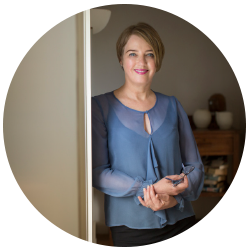 Janine Tait is an internationally qualified beauty therapist with over 30 years experience. She is a dermo-nutrition expert and beauty therapist educator who champions the emerging Slow Beauty movement and its focus on holistic skincare and wellness. She is the New Zealand distributor for Janesce Skincare and the founder of Bestow Beauty, which provides dermo-nutrition products, recipes and rituals to support inner health and outer beauty.
Janine Tait is an internationally qualified beauty therapist with over 30 years experience. She is a dermo-nutrition expert and beauty therapist educator who champions the emerging Slow Beauty movement and its focus on holistic skincare and wellness. She is the New Zealand distributor for Janesce Skincare and the founder of Bestow Beauty, which provides dermo-nutrition products, recipes and rituals to support inner health and outer beauty.

